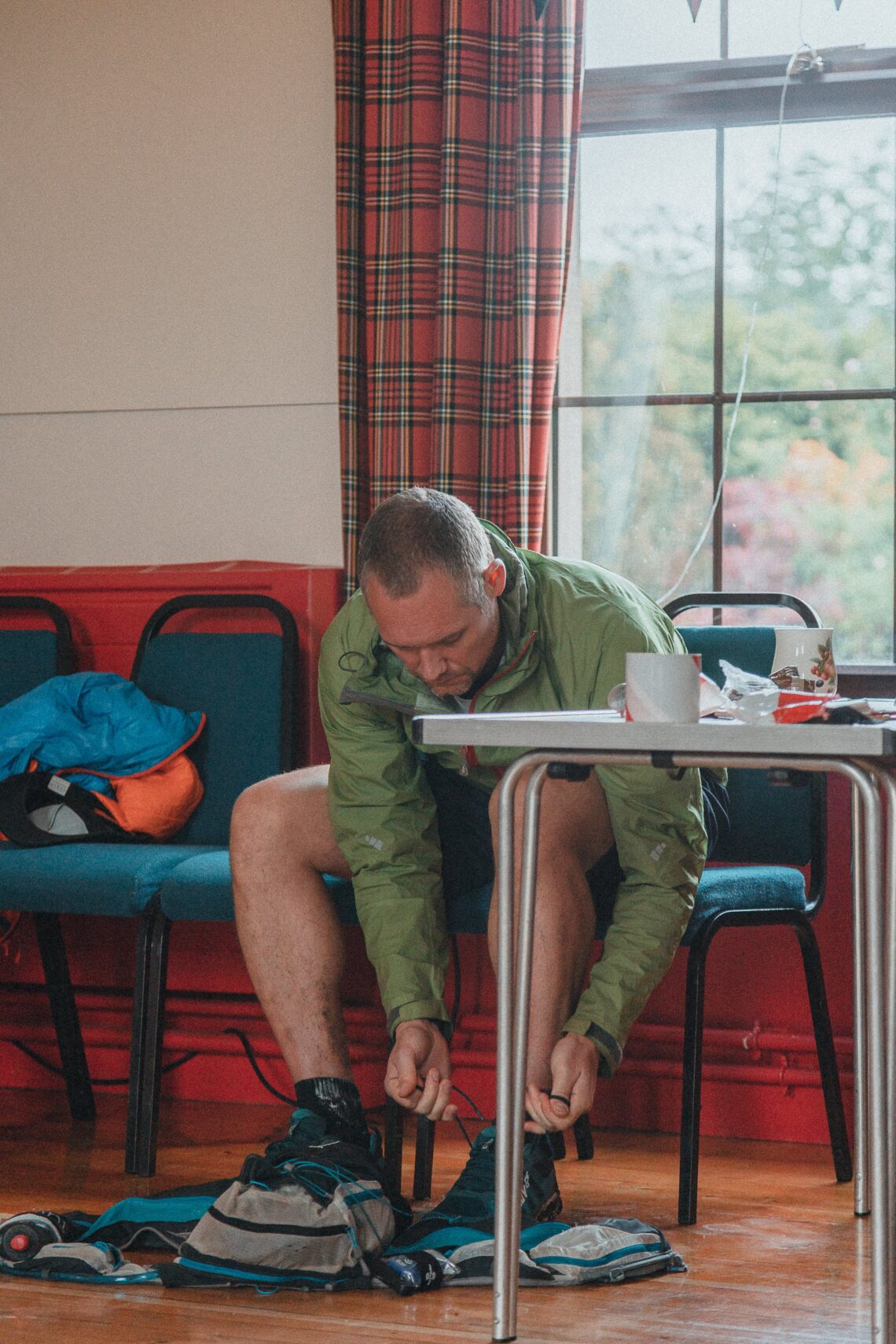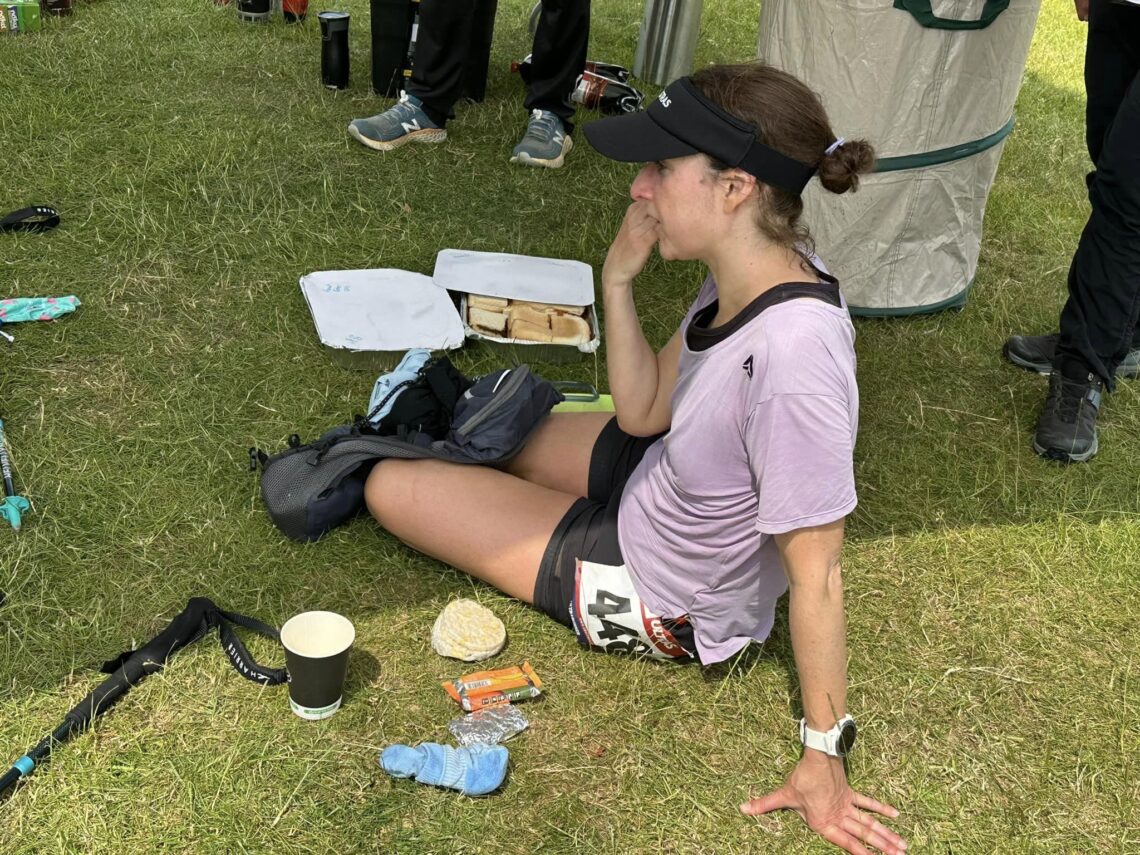What should be in my drop bag?
Drop bags aren’t always necessary; however, they are often recommended when one begins to reach 100 miles or more. What’s in your drop bag can be an essential turning point in whether you complete the race or drop out.
But what exactly is needed in a drop bag? How can I stop bringing double what I need and still succeed?
What is a drop bag?
A drop bag is a bag, sack, or suitcase that will be transported to one (or multiple) checkpoints while you’re racing. It usually contains your essentials or extra things you may need during your race.
A drop-back is usually a duffel bag or backpack containing items that don’t fit your pack or may be too heavy or cumbersome to carry throughout. You may have spare clothing, food, or first aid kits, to name a few.

Many races will have your drop bag around the halfway point; however, longer races may transport the same bag or require multiple bags that can be stored and taken to the finish line upon completion.
Drop bags may be used on shorter ultramarathons like 50 miles but be carried by crews that can meet you.
Mandatory kit
To be clear, a drop bag is not where you store your mandatory kit—it should be stored in your pack at all times in case of an emergency while en route. The point of a drop bag is not to offload the essential kit but to carry the extra kit you may need later on in the race.
Drop bag examples
Spare clothing
When tackling a 100-miler or more, a change of gear may revamp you and be a small step in regaining control of your body temperature and mental willingness while racing.
It’s important to look at the race terrain or weather, as this may dictate what you need to pack more of. A muddy route may mean you pack extra socks both in your pack or drop bag or a new waterproof coat may offer another layer of protection as you carry on.
- T-shirt
- Socks
- Thermal Layer
- Waterproof Jacket
- Buff
Spare Shoes
Like with spare clothing, your race may depend on whether you pack extra shoes. You may switch to trail shoes if you are heading from a pathed section into a muddy section. However, changing socks will be just as beneficial as changing your footwear.
Support the whole team who put all this together
This is premium stuff! Subscribe for ONLY 99p for ALL online content!
Subscribe
Get right to the heart of ultra-running featuring interviews and podcasts with world class athletes, extraordinary race directors, ultra-running coaches, nutritional experts and in depth race reviews from around the globe!Get your access now












